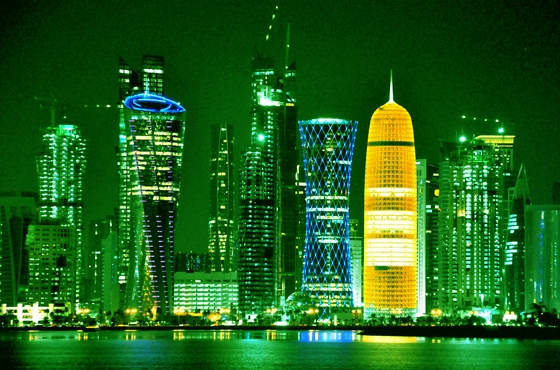It is indeed heartening to learn that Qatar has made an effective saving of about QR600mn since the launch of the Tarsheed campaign by Qatar General Electricity and Water Corporation (Kahramaa) to reduce consumption of electricity and water.
Since the campaign began on April 22, 2012, there has been an identical overall reduction of 11% in the total consumption of water and electricity in the country, the Minister for Energy and Industry HE Dr Mohamed bin Saleh al-Sada had informed a recent meeting to commemorate the third anniversary celebrations of Tarsheed.
The campaign, being held under the patronage of HH the Emir Sheikh Tamim bin Hamad al-Thani, under the slogan “Tarsheed: Time is now,” has also helped reduce carbon dioxide emissions by nearly 1.8mn tons, and gas waste by 43,000mn cubic ft, until the end of December 2014.
The target set by Kahramaa is to make a gross reduction of 35% in the consumption of water and 20% in electricity until 2017 when the campaign is set to conclude.
HE Dr al-Sada had reiterated, on the occasion of Arab Water Day on March 3, that Qatar is committed to supporting sustainable water sources, its conservation and rationalizing use of water to achieve sustainable development.
Qatar is working according to a clear policy as part of its strategy for the management of natural resources, which is considered a roadmap to achieve sustainability and preservation of rights, the minister said adding it is a shared responsibility requiring everyone to stop wasting water and follow the proper habits of its usage as a daily practice to ensure sustainable development.
As Saudi Gazette pointed out in an editorial a fortnight ago, all the six member countries of the Gulf Cooperation Council has been witnessing the highest usage of water and the lowest amount of renewable water in the world. For example, the daily said Qatar’s residents use an average of 500 liters of water every day, making the country one of the world’s biggest consumers of water – four times as much as many European countries, and 10 times more than many others.
As pointed out by the daily, the region accounts for 5% of the world’s more than seven billion people, and 10%, but accounts for less than one percent of global water resources.
There have been enough warnings from experts that without effective policies, change in water-usage behavior and international co-operation, a catastrophic water scarcity will hit the Middle East and North Africa region within the next decade. The Middle East and Arabian Gulf are expected to fall under the “physical water scarcity” category by 2025.
A grim scenario of water shortages, desertification and extreme soil salinity has been forecast for the Gulf, possibly within the next 12 years.
But the publication has given credit to Qatar by citing that a new draft law making wasting water and electricity punishable by fines of up to QR20,000 has reportedly been ratified by the Cabinet. This is an initiative worth emulating by other GCC countries, Saudi Gazette has suggested.
Every Qatar resident should strive to further the success of the Tarsheed campaign by minimizing water and electricity consumption, whether they pay for the utilities or not.
Gulf Times
27 April























































